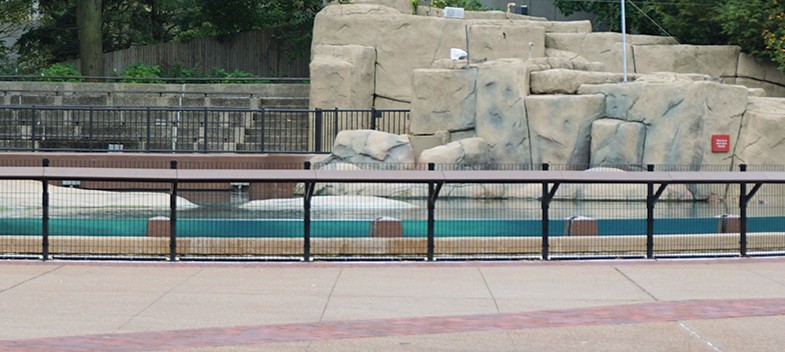Why Plastic Lumber Enclosures Are Ideal for Zoos

Constructing a zoo presents unique challenges because the facilities must meet the needs of a plethora of exotic animal species. In addition, the zoo’s design must be practical and visually appealing for the people who visit as well. When considering how to build animal enclosures, a material that can satisfy all these requirements is plastic lumber. We’ll expound the reasons why plastic lumber enclosures are ideal for zoos, so you can see why it is so perfect in this context.
Plastic Lumber Is Robust
Various animals may bump up against, scratch, or chew on whatever walls or fences exist at the perimeters of their enclosures. Due to this, the material that makes up those barriers must be resistant to wear and tear. Furthermore, some enclosures are also roofless and subject to temperature changes and precipitation. Plastic lumber will remain undamaged by these factors because of how robust it is. The high-density polyethylene (HDPE) that it consists of will not decay from water and dirt. It’s also solid enough to stand up to physical force from animals and won’t injure them with splinters as regular wood might.
Plastic Lumber Is Adaptable
On top of its strength, plastic lumber is adaptable to a multitude of applications. You can cut plastic lumber boards like natural wood to create pieces with the dimensions you need for enclosures of all shapes and sizes. When an enclosure calls for outer decking that guests can stand on as they view animals, plastic lumber can also fulfill this purpose, serving as a stable platform that will support the weight of crowds easily.
Plastic lumber can also come in whatever colors you want for a particular enclosure. This includes a diverse collection of browns and grays, as well as brighter hues. These colors are part of the makeup of the HDPE plastic, so they won’t chip off or bleed like paint or wood stains do. Manufacturers can make plastic lumber textures uniform or reminiscent of the grains in natural wood as well.
Plastic Lumber Is Eco-Friendly
Zoos are inherently tied to the environment because of how they house fascinating fauna from around the world. So, it’s only natural that many seek to educate the public on ecological issues that threaten to harm the animals that they display. Enclosures built with plastic lumber can serve this purpose while also meeting practical needs because the HDPE that they are comprised of comes from recycled post-consumer waste. Plastic lumber manufacturers like Tangent collect items such as detergent and milk bottles and reconstitute them into useable construction materials. This saves that plastic from winding up in landfills. In contrast to PVC plastic products and treated wood, the process of creating plastic lumber moreover doesn’t give off toxic byproducts that can disrupt ecosystems. Zoos can put up signs next to recycled lumber enclosures that detail how they help the environment to spread this knowledge to visitors and encourage recycling.












